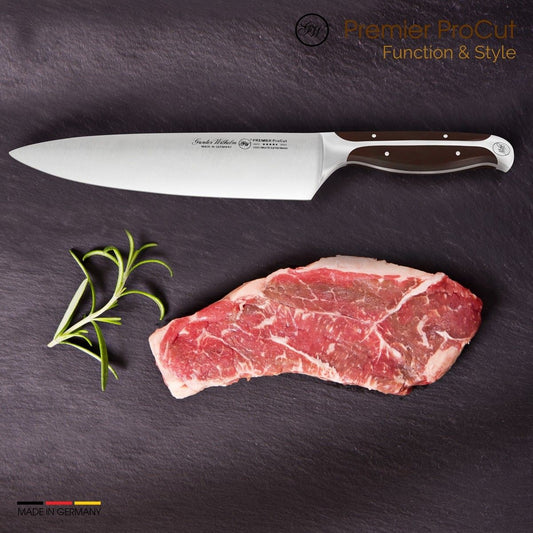Virtual Kitchens & Ghost Dining 2.0: Where Food Meets the Metaverse

First, restaurants went digital with delivery apps. Then came ghost kitchens — delivery-only brands with no dine-in space. Now, in 2025, we’ve reached the next level: Virtual Kitchens & Ghost Dining 2.0, where food meets the metaverse. Here, delivery brands blend with digital worlds, creating dining experiences that are as much about immersive storytelling as they are about eating.
👻 From Ghost Kitchens to Ghost Dining 2.0
Ghost kitchens were born from efficiency: no tables, no waitstaff, just optimized kitchens cooking for delivery apps. But Ghost Dining 2.0 isn’t just about logistics — it’s about experience.
Virtual kitchens now launch digital-first restaurants that exist both on food apps and in the metaverse. Imagine ordering wings from a brand you first discovered in a VR nightclub, or sipping a cocktail your avatar tried before you did.
🌐 Dining in the Metaverse
In Ghost Dining 2.0, you can:
- Explore virtual restaurants in VR before ordering IRL delivery
- Join friends as avatars at a digital table while eating the same delivered meal
- Customize dishes virtually (extra sauce, new toppings) and watch your order update in real-time
- Unlock limited-edition menus only accessible through digital events
The metaverse isn’t replacing eating — it’s gamifying and amplifying it.
🍕 Delivery-Only Brands Level Up
Delivery brands are leaning hard into storytelling and branding. A ghost kitchen selling pizza can now market itself as a futuristic cyberpunk pizza parlor in VR. You order at the digital counter, your avatar gets a slice, and within 30 minutes a delivery driver brings the real thing to your door.
This blurs the line between marketing, gaming, and dining, giving food brands new ways to stand out in a crowded delivery landscape.
📱 Why Gen Z & Millennials Love It
For younger diners, food isn’t just fuel — it’s content. Ghost Dining 2.0 delivers on three things Gen Z craves:
- Immersion – the dining experience starts online before the first bite
- Connection – friends can “eat together” virtually even if apart
- Exclusivity – limited menus and AR tie-ins make food feel collectible
In short: it’s food, but make it social, digital, and shareable.
📈 The Business of Virtual Dining
Restaurants and entrepreneurs see Ghost Dining 2.0 as a scalable, low-overhead model. Instead of competing for physical foot traffic, they create immersive online worlds and funnel orders through delivery apps.
Brands can now test new menus, partner with gaming platforms, VR worlds, or influencers, and expand globally without opening a single dining room.
😂 Is Eating in the Metaverse Weird?
Maybe — but so was online dating once. Just like swiping turned romance into an app, Ghost Dining is turning meals into hybrid digital-physical experiences.
And let’s be honest: eating pizza with friends across three time zones while your avatars sit at the same neon-lit VR table? That’s pretty cool.
❓ FAQs About Ghost Dining 2.0
Do you need VR to join?
Not always. Many ghost dining experiences are also accessible through AR apps or standard mobile interfaces.
Is the food real?
Absolutely. The experience happens virtually, but the delivery driver still shows up with actual food.
Is this sustainable?
Potentially. Virtual-first brands cut costs on real estate and reduce waste by testing menus digitally before physical rollout.
🍴 Final Bite: Dining Without Walls
Virtual Kitchens & Ghost Dining 2.0 are redefining food culture. No longer tied to brick-and-mortar spaces, dining has become borderless, immersive, and social.
In 2025, dinner isn’t just served — it’s streamed, shared, and simulated. Welcome to the future of food.
Share:





